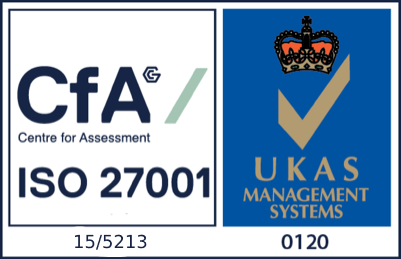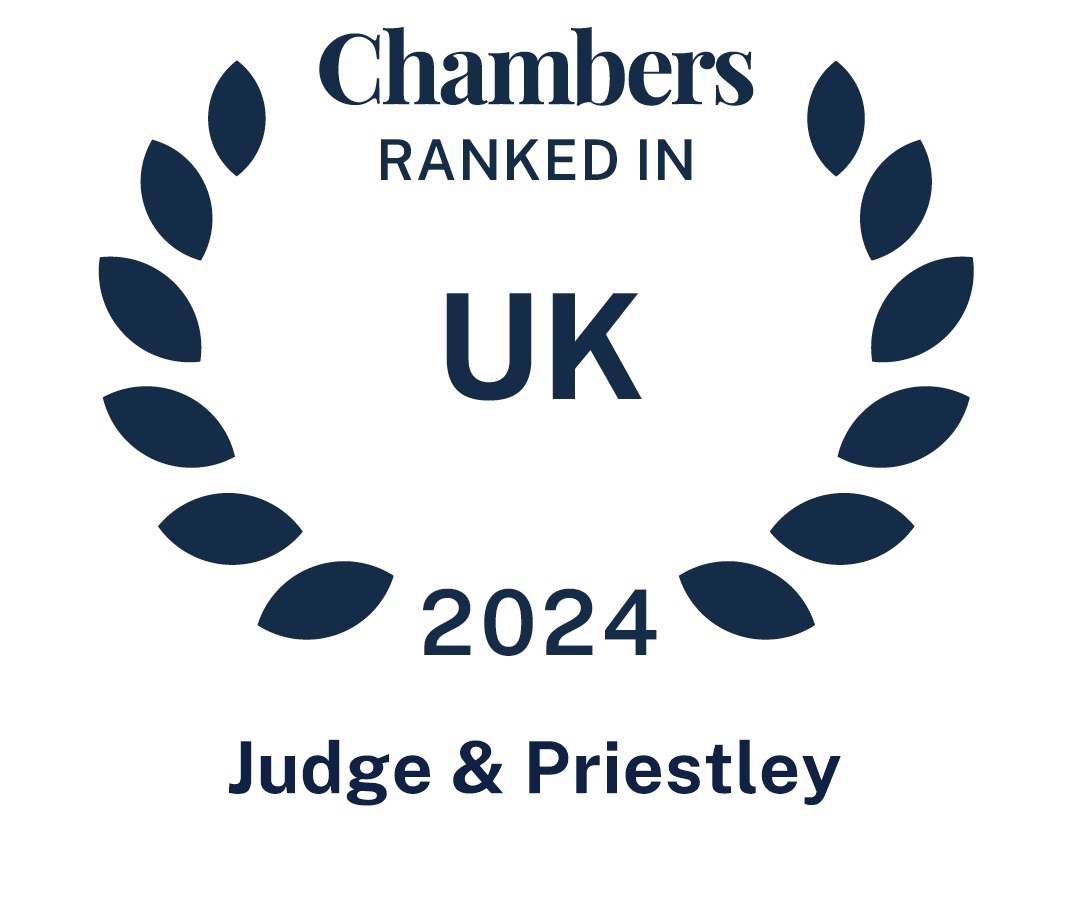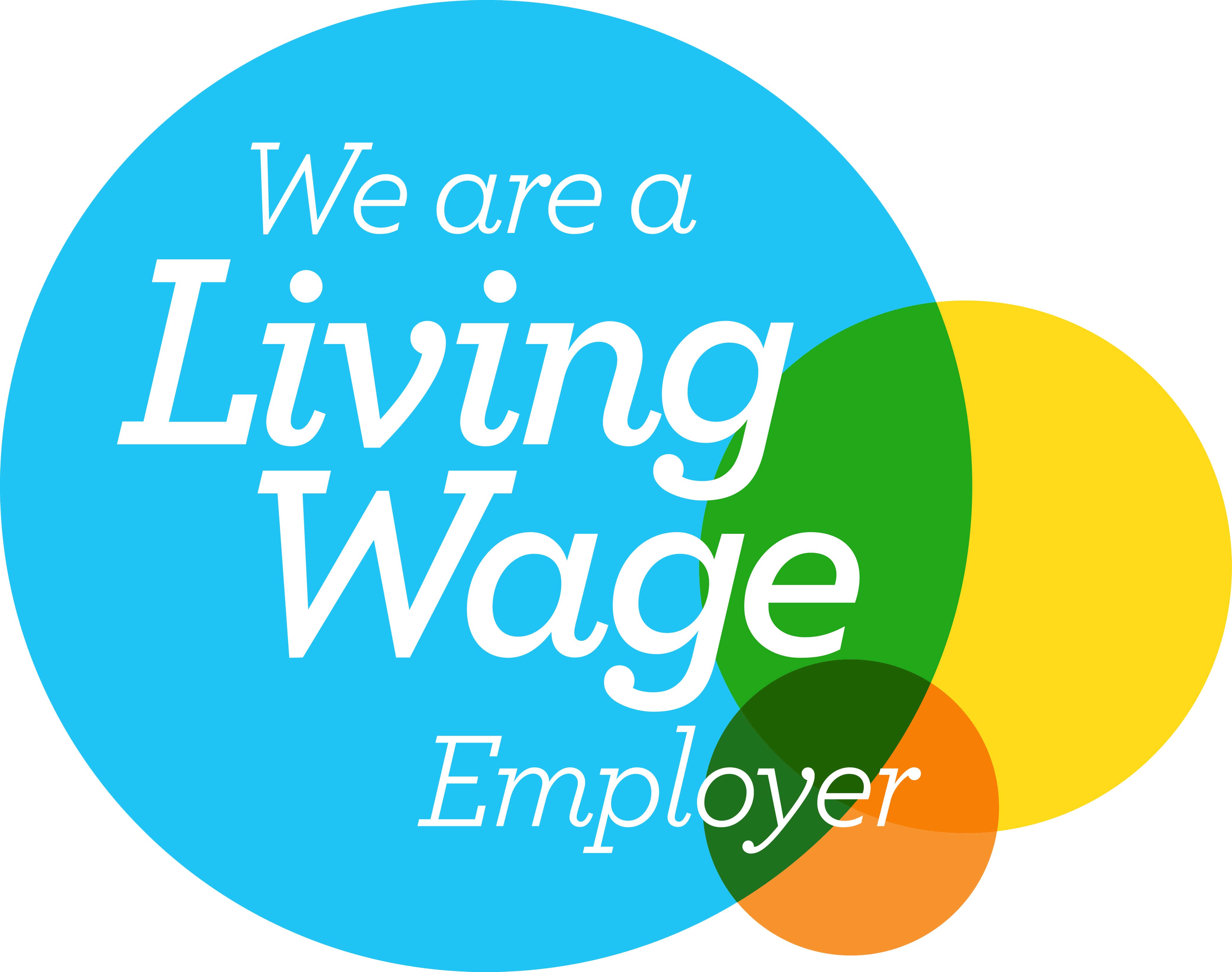- Bromley020 8290 0333
Was it reasonably practicable to rebuild a larger house after subsidence?
In a home-owner’s subsidence claim, where relief was sought under the Coal Mining Subsidence Act 1991, the question before the court was whether it was reasonably practicable to demolish the house and build a larger one.
In White v The Coal Authority, Re Tidbury Castle Farm, liability for the damage had already been admitted by the respondent so the case before the Upper Tribunal related only to the amount of damages payable. The Upper Tribunal found largely in favour of Mr White.
Complicating matters, the claimant decided to demolish the house, obtain planning permission and build a bigger house – not just to repair the existing house on the site. The sum sought by the claimant was ultimately £927,540 with the claimant saying that amount was reasonably practicable under the Act. The Coal Authority did not agree. The Upper Tribunal largely agreed with the claimant, awarding him £859,827.
The Upper Tribunal said that it was feasible, and not extravagant, to have the house demolished and rebuilt; and that the 1991 Act required payment of the cost of remedial work; it did not matter whether, or not, the claimant wanted to undertake a larger programme of work into which this rebuild was rolled up.
The Coal Authority argued unsuccessfully that only the cost of repairing the cracks was payable and not the higher cost of correcting the tilting of the house (which would be overcome by the larger rebuild project). The Upper Tribunal made it clear that the determination of the amount of damages payable was a question of law; i.e. it related to the extent of work required and not how much it would cost.









